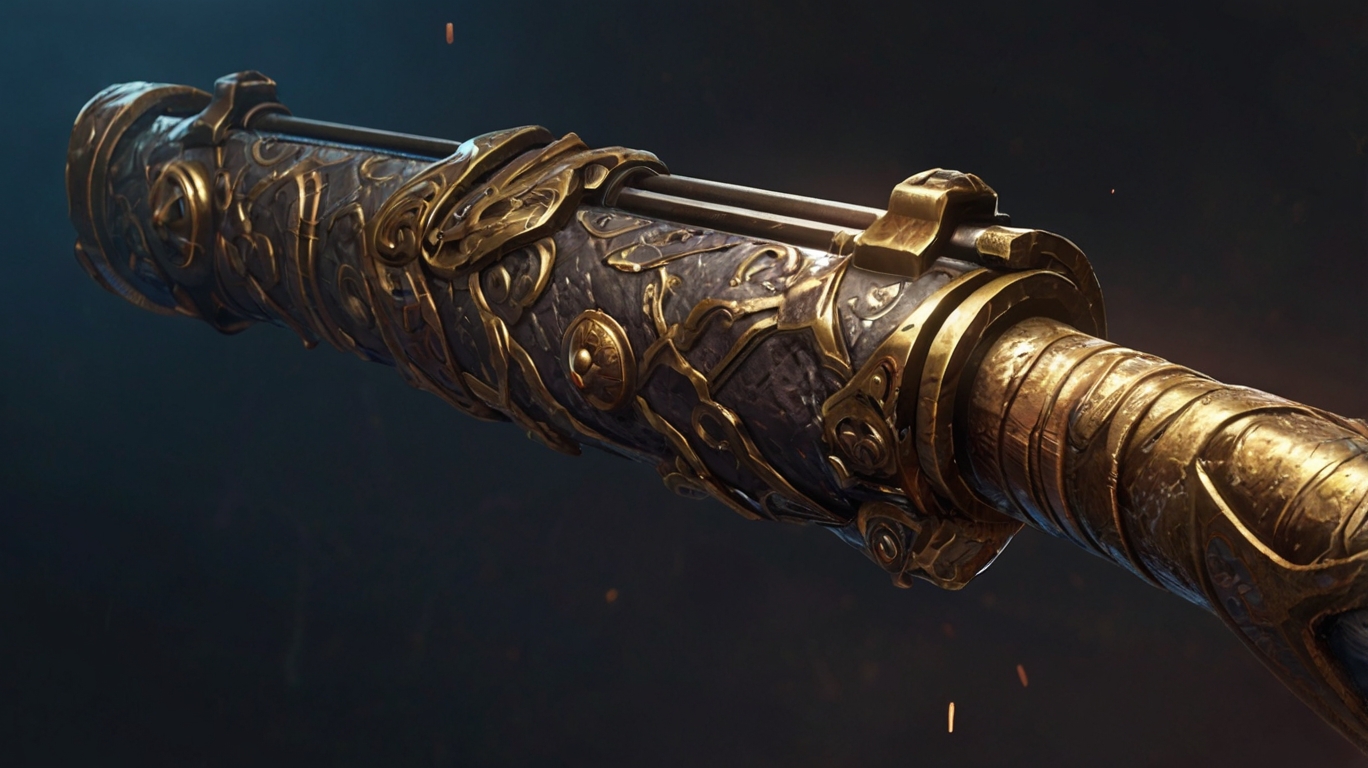
Within the genre of role-playing games (RPGs), weapon design has a significant impact on how the player experiences the game. These weapons of war are more than just destructive tools; they are also pillars of gameplay mechanics, conduits for lore, and extensions of a character’s identity. Every sword, bow, and staff should be carefully crafted to appeal to gamers in many ways. Here, we examine the science and creativity involved in designing gripping and unforgettable role-playing weaponry.
The Pillars of Weapon Design
1. Lore and Story Integration
An RPG’s weapon represents a fragment of the world’s past rather than merely a stat stick. A greater sense of connection is created between the player and the game when lore is incorporated into weapon design. A tale ought to be told by every weapon. The storyline around a weapon, whether it be a dagger with a troubled past or a famous sword fashioned by an ancient race, adds levels of mystery.
2. Visual Design
A weapon’s visual appeal is crucial. Players’ expectations are set by this initial observation, which sets the tone. Important factors to think about when creating a visual design are:
- Silhouette: An eminently distinctive, instantly identifiable shape.
- Fine carvings, luminous runes, or evidence of aging that shows the weapon’s past are examples of details.
- Color Scheme: A color scheme that complements both the character wielding the weapon and its background.
3. Functionality and Mechanics
The usefulness of a weapon must fit both the player’s expectations and the mechanics of the game. This comprises:
- Damage can be of three types: magical, elemental, physical, or a mix of these.
- Choose a combat style: hybrid, ranged, or melee.
- Special attacks or effects, such as poison, life steal, or area-of-effect damage, are examples of unique abilities.
4. Balance and Progression
Maintaining fair and pleasant gameplay requires maintaining weapon balance. To prevent any weapon from taking the lead, each must seem strong but balanced. Furthermore, weaponry ought to be compatible with the game’s progression system so that players can feel like they’re progressing as they get stronger and more distinctive equipment.
Steps in Designing a Weapon
1. Conceptualization
Start with brainstorming and sketching ideas. Consider the game’s setting, the character classes, and the overarching story. Collaborate with the narrative team to weave in lore elements.
2. Design and Prototyping
Make thorough prototypes and concept art. To see the weapon in the game world, use 3D modeling tools. Iterative testing and feedback are used in this step to improve the design.
3. Integration and Testing
Take special note of the weapon’s effects and animations as you incorporate it into the game. Make sure the weapon works as planned inside the game’s rules and feels good in the player’s hands by doing thorough playtesting.
4. Balancing
Adjust the weapon’s stats and abilities based on player feedback and internal testing. Balancing is an ongoing process, often requiring tweaks even after the game’s release.
Conclusion
RPG weapon design is a kind of art that blends gameplay mechanics, imaginative visuals, and storyline. At Melior Games, we take pride in designing weapons that enhance the player’s experience in our virtual worlds beyond just making them look and feel amazing. Every weapon will be a memorable and essential component of the gameplay experience since they have been carefully designed with story, aesthetics, usefulness, and balance in mind.




